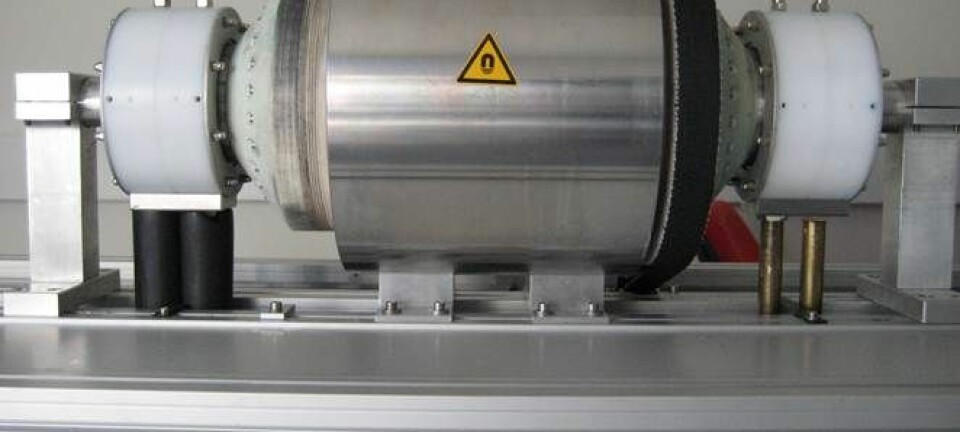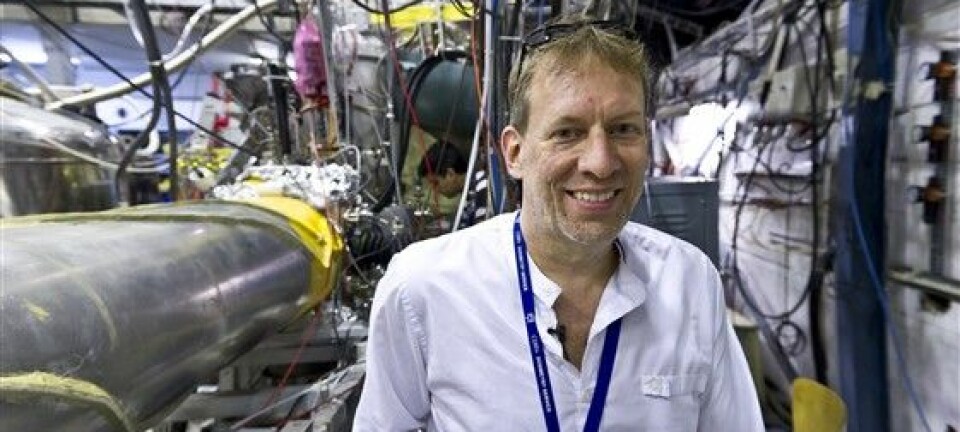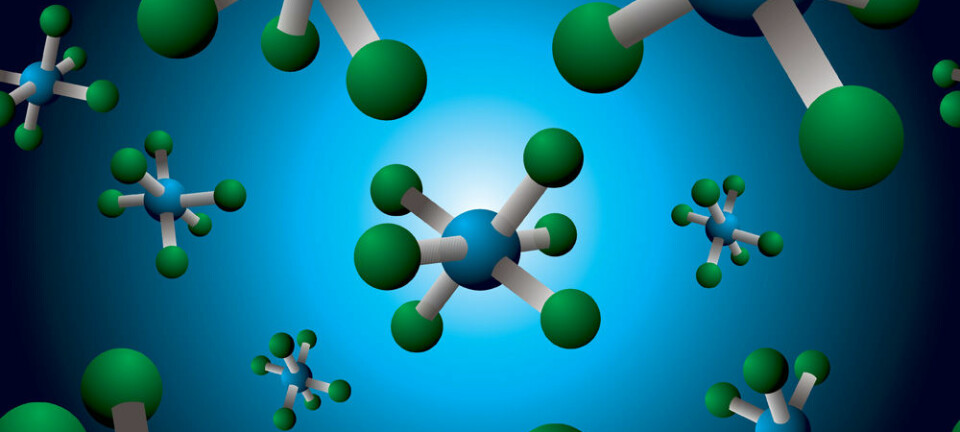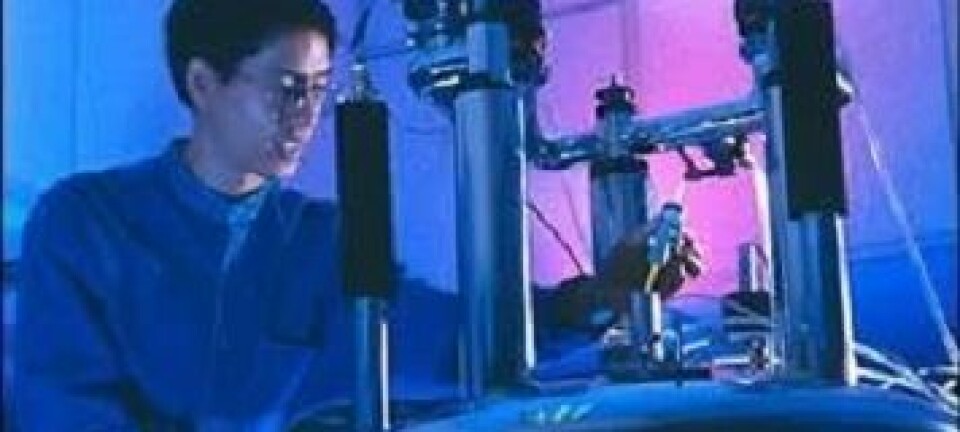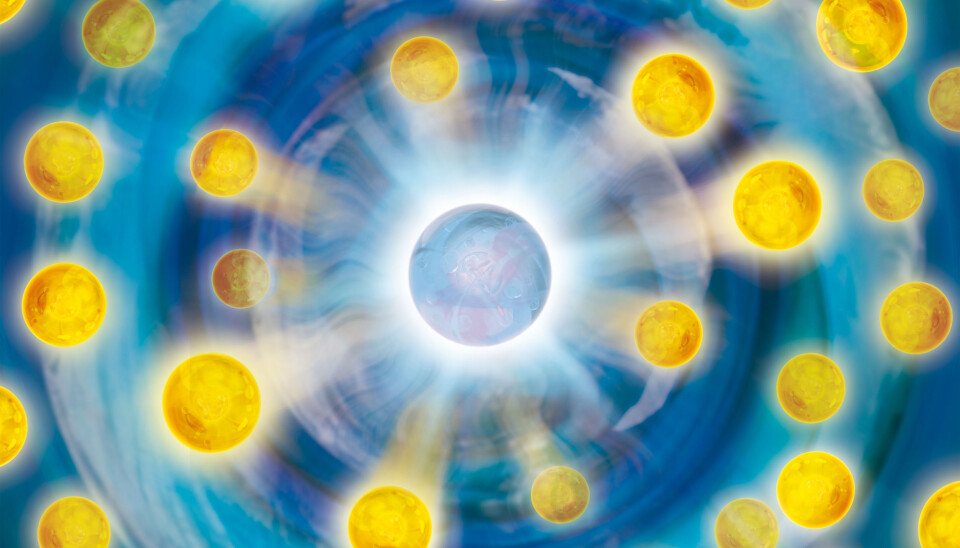
Breakthrough in physics may lead to new view of magnetism
Physicists have forced a special gas into a brand-new state which has not previously been observed in nature. The discovery could lead to a breakthrough in our understanding of magnetism.
Ferromagnetism is a phenomenon we encounter everywhere in nature. It’s the form of magnetism which most people are familiar with, as exhibited in horseshoe magnets, refrigerator magnets and in a wide range of technologies such as hard drives and medical equipment.
Society is heavily dependent on this form of magnetism, although its causes and effects are far from being understood.
But soon physicists will be able to look deep into the soul of ferromagnetism, thanks to a scientific breakthrough by a team of Austrian experimental physicists and a Danish theoretical physicist.
Together they have brought a special kind of gas into a state which has hitherto been thought to be non-existent.
Our result shows that atomic gases can be used as ‘quantum simulators’, which can crack otherwise unsolvable problems.
Georg Bruun
The findings have just been published in the scientific journal Nature.
Unknown quantum state
”Together with my colleagues in Innsbruck I have shown that an ultracold gas consisting of lithium-potassium atoms with strong repulsive interactions can create a previously unknown form of quantum state – one that has never before been observed in nature," says Georg Bruun, a lecturer at the Department of Physics and Astronomy at Aarhus University.
The new quantum state was achieved by using tricks from atomic physics, which make it possible to adjust the interaction between atoms to a force that is only limited by the laws of quantum mechanics.
“A system like this is interesting because it can be useful in the study of a great deal of new and fundamental physics, such as the microscopic cause of ferromagnetism,” says Bruun.
Lifetime extended ten-fold
The new findings demonstrate something that has previously been thought to be impossible in quantum mechanics.
The assumption has so far been that the mutually repulsive forces in the atoms were too strong to enable it all to be kept together in one state.
“Until now, scientists have thought that quantum mechanics didn’t allow for the existence of such states as it was assumed that the strong repulsive interactions would inevitably make the system intrinsically unstable against decay and would therefore reduce its lifetime,” he says.
“We have demonstrated that this isn’t always the case.”
Using a clever selection of atoms, the physicists succeeded in extending the life of the repulsive state ten times more than expected.
The Innsbruck team demonstrated this through experiments, while Bruun described the state theoretically, and by combining the experimental and the theoretical, it all came together.
Sheds light on the mysteries of magnetism
A gas consisting of ultracold lithium-potassium atoms may sound a bit abstract and unworldly, but this breakthrough carries with it a host of applications, from which we will all soon benefit.
An increased understanding of magnetism can for instance lead to the creation of fundamentally different magnetic materials that could be used for everything from creating more efficient data storage to shedding new light on the interplay between superconductivity and magnetism.
“Our result shows that atomic gases can be used as ‘quantum simulators’, which can crack otherwise unsolvable problems,” says Bruun.
“The gases constitute quantum systems whose properties can be tailored to explore fundamental problems that have remained unsolved for decades.”
----------------------------------
Read this article in Danish at videnskab.dk
Translated by: Dann Vinther
